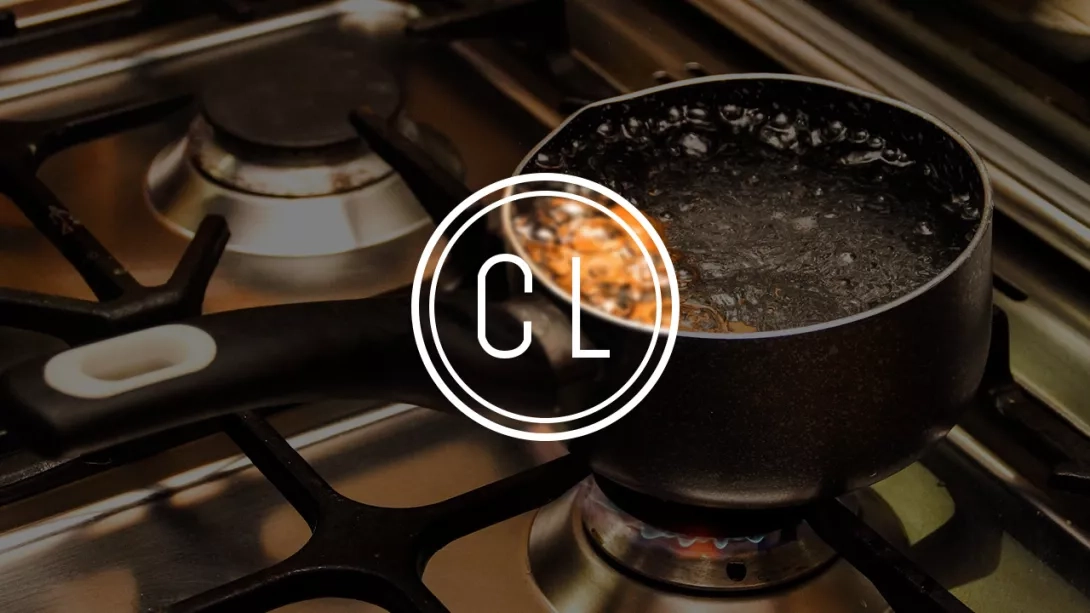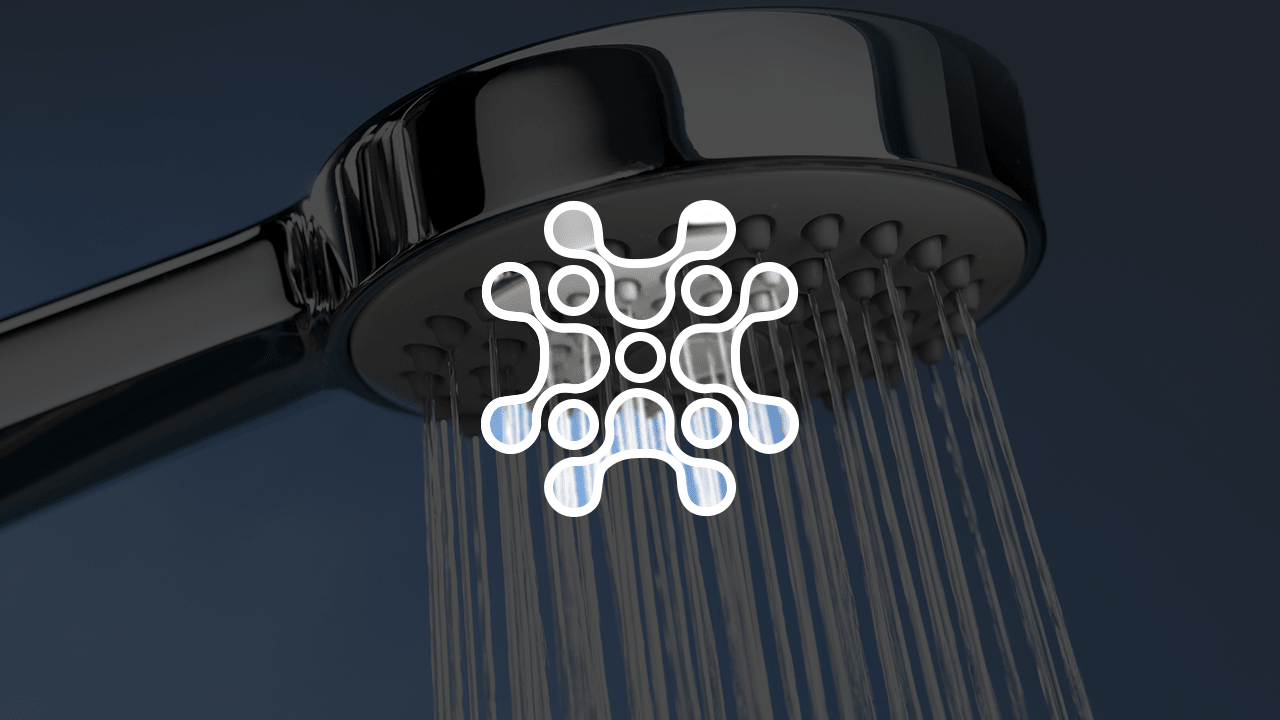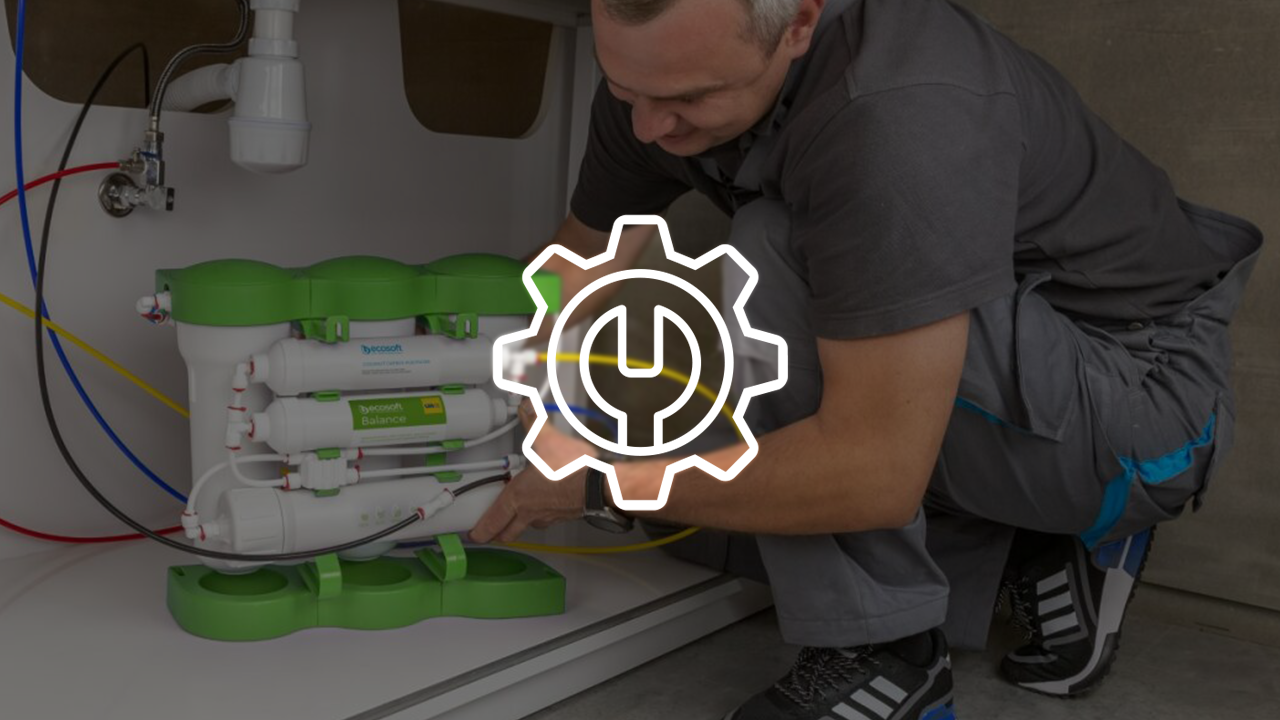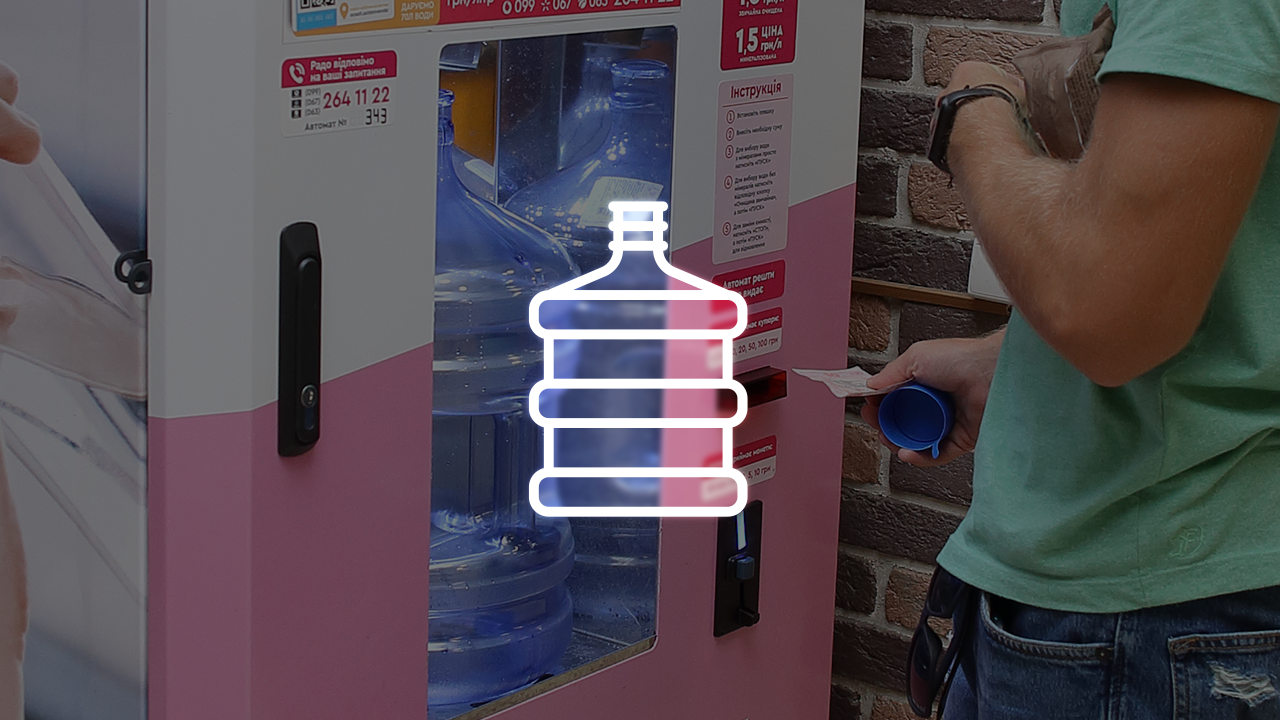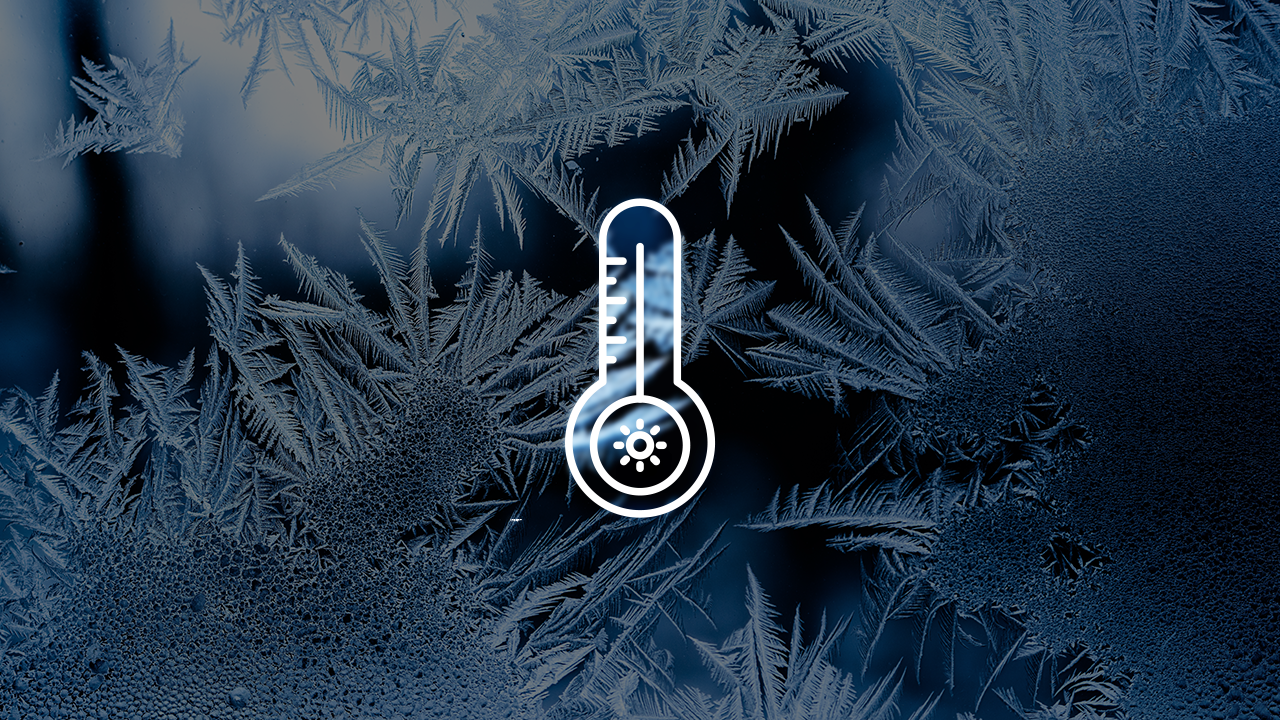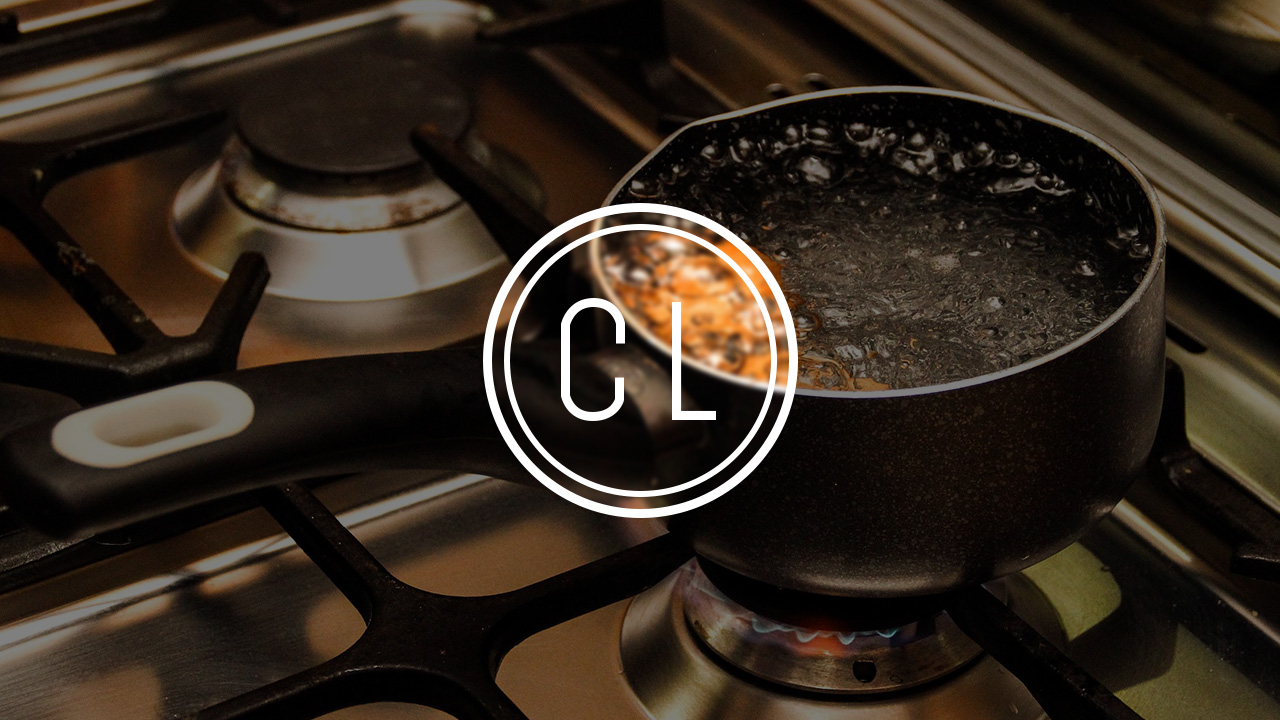Chlorine as a simple substance is a greenish gas with a pungent odor. We've already discussed why it is used in water treatment here.
Why does chlorine evaporate?
Gas molecules are barely bonded to each other, allowing them to move freely in any volume. As the temperature increases, their movement becomes more active, and the distances between molecules further increase. This is why chlorine evaporates at any temperature, and the process intensifies as the temperature rises.
For example, at 0°C, chlorine's solubility in water is 1.48 g, but at 80°C, it's only 0.22 g.
If you want to evaporate chlorine from water, you can simply let it sit or heat it. However, keep in mind that heating accelerates the formation of by-products.
Other chlorine-containing reagents
Besides ordinary gaseous chlorine, other compounds are also used for water disinfection.
- Cl2O – a poisonous reddish gas with a characteristic chlorine smell. Its solubility in water is unlimited up to 10°C, but as the temperature increases, solubility decreases, intensifying the odor.
- Chloramine (NH2Cl) – a more stable compound in water with higher solubility. Since it retains its activity longer, water disinfected with chloramines often has a stronger odor at the point of use.
- Sodium hypochlorite (NaOCl) – supplied as a crystalline hydrate NaOCl·5H2O or an aqueous solution. This reagent has the least unpleasant odor among the chlorine compounds used for water disinfection.
Is chlorine dangerous?
Chlorine in tap water is not inherently dangerous to human health. Moreover, if you decide to boil water, chlorine will evaporate quickly.
More toxic compounds are trihalomethanes – organic chlorine compounds that form when water containing high organic content is disinfected. These have a scientifically proven carcinogenic effect.
And lastly, the smell of chlorine in tap water is actually a good sign because:
- It ensures that no pathogenic microorganisms enter the water as it travels through pipes.
- The stronger the chlorine smell, the less likely organic carcinogenic compounds will form in your tap water.
Lastly, we should mention that a healthier alternative to letting water sit is using carbon filters, which effectively reduce the chlorine smell, lower water color, and remove chlorine-based organic compounds.
